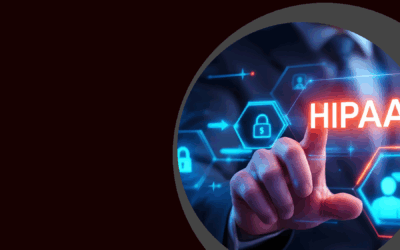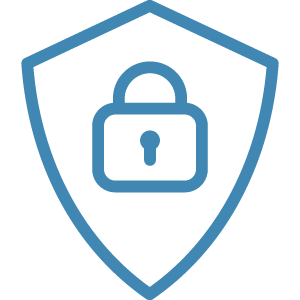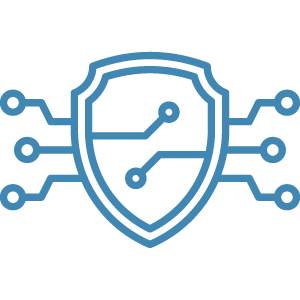Experts estimate that there are nearly 8 billion active email accounts worldwide. This number is continually in flux, but paints a picture of the current global email landscape. Email remains a steadfast form of communication, especially in business settings, but it’s more than that. Email also serves as another access point to a person’s identity. An email account collects personalized data, including location, usage information, contacts, purchase history, and other identifiers. While this information is valuable to create a customized and convenient experience for the user, it also entices cybercriminals to tap into this data and leverage it for malicious intent.
In this first article of a two-part series, we will explore ways to protect yourself, your business, and your clients or partners from email cybersecurity threats.
Cybersecurity Threats Targeting Email
Email is an easy and accessible form of communication. It’s intended to be an open format, allowing both parties to engage and transact with one another. Unfortunately, this ease is also what attracts bad actors to intercept messages or insert themselves into the mix.
Some common cybersecurity threats specific to email include:
- Phishing: An attempt to collect sensitive information (e.g., user credentials, credit card information, bank account number) from an employee. The email will appear to come from a trusted source and written with a sense of urgency to drive quick action.
- Malware: Type of software that is intended to cause harm either to a computer/network or as a means to steal data. Examples may include viruses, worms, or ransomware.
- Spam: Unsolicited bulk messages that contain advertisements that may contain malicious code or other tactics to garner personal or sensitive information from the recipient.
- Authentication attacks: An attack on the email server to gain access to all email messages and attachments. This form of cyber attack also enables cybercriminals to conduct more convincing phishing attacks.
How prevalent are these attacks? According to Acronis’ Cyberthreats Report, there has been a 47% increase in email attacks this year. Abnormal Security found a 91.5% increase in phishing attacks in the US from April 2023 to April 2024, And a report from SlashNext showed a 341% increase in malicious emails. All of these reports say the same thing – the threat is real and organizations must be vigilant to protect themselves.
Email Security Best Practices
Awareness is the first step toward protection. Understanding that there is a potential threat targeting your email will enable you to implement best practices with greater care and attention.The following recommendations are based on proven cybersecurity best practices for protecting yourself and your business from malicious emails.
- Use strong passwords that include a mix of numbers, letters, and special characters. Do not reuse passwords and be sure to change passwords on a regular basis.
- Enable multi-factor authentication to provide added layers of security and identity validation.
- Leverage email security protocols such as SPF, DKIM, and DMARC to protect against fraud and other scams.
- Use an antivirus software to scan attachments and messages for potential threats.
- Provide security training for all employees on a regular cadence to ensure everyone is informed and prepared to identify potential threats.
- Backup data at regular intervals to protect against data loss.
- Patch software and applications with the latest updates.
- Encrypt email to keep the contents of your messages private.
- Avoid public WiFi, which could leave your computer and network vulnerable to attacks.
Cybersecurity Support for Email Protection
Protecting your email communication channel is an important part of doing business. There are numerous tools and techniques to elevate your email security, including the best practices listed above. If you’re struggling with implementing a strong email security protocol, it may be time to seek support from an expert at GainSide.
With GainSide’s email protection, you’ll gain:
- Protection for your two biggest assets: your people and your data
- Defensive blocks against known threats like BEC scams, viruses, trojan horses and ransomware, before they can get to your user’s inbox
- Greater user awareness with email warning tags
- Decision support on the emails that fall into the gray area between clean and malicious
- Tracking data that shows where emails come from and go to in seconds
- Highly customizable email firewall rules at the global, group, and user level
Ready to take the next step in improving your email security? GainSide can help. Request a consultation with one of our experts today to get started.







